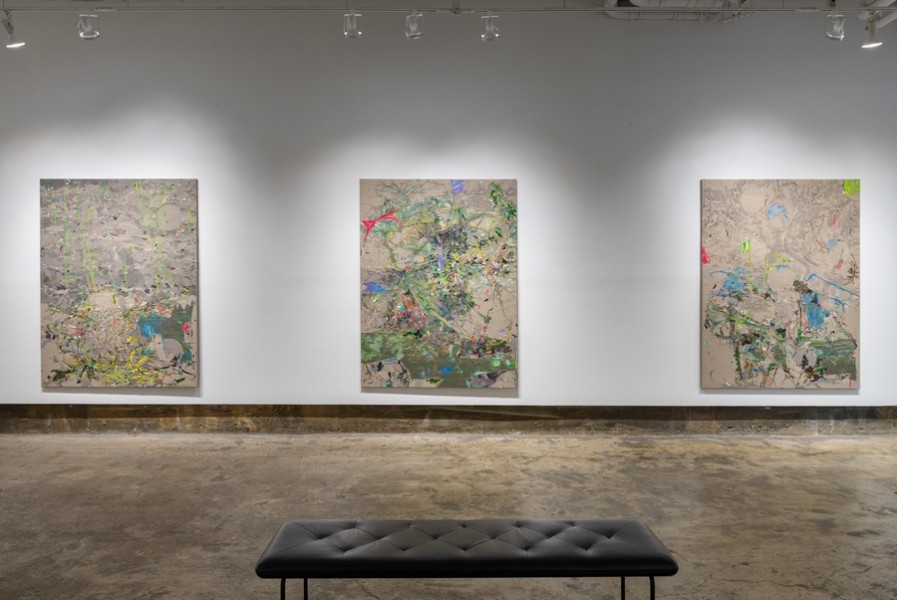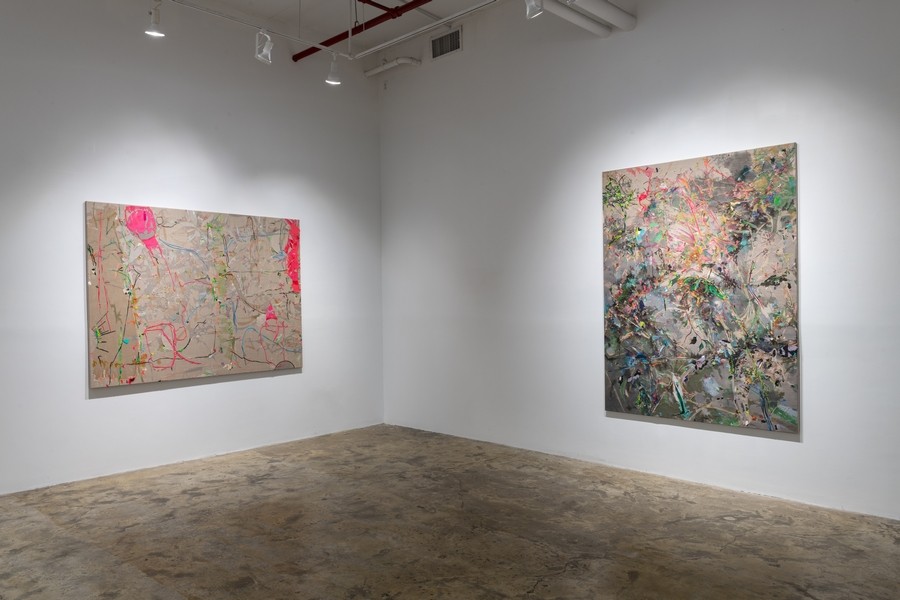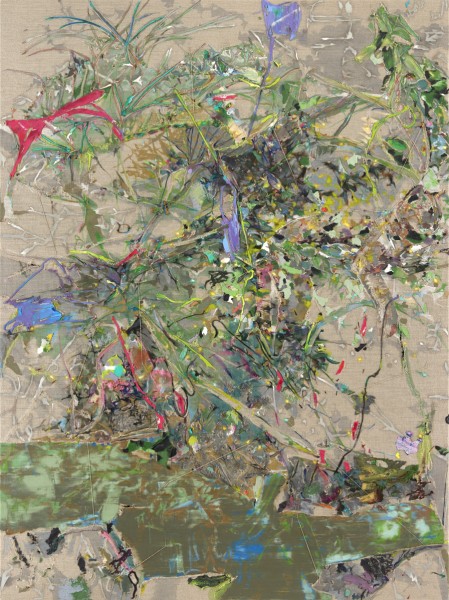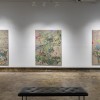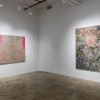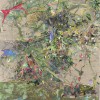SLAG & RX is pleased to announce, "Half Past Paradise," an exhibition featuring over a dozen new works by the Berlin-based artist Paul Wesenberg. This highly anticipated exhibition marks Wesenberg's third solo show at our New York gallery. The title of the exhibition is a quote from the renowned poet and art critic Barry Schwabsky’s book of poetry Water from Another Source (Spuyten Duyvil, New York 2023). However, Paul Wesenberg does not attempt to interpret Schwabsky’s poem. Instead, he uses it as a starting point and inspiration for his own visual journey beyond words and language. The poem becomes a fertile ground for the self-reflection and examination of the relationship between men and nature.
In this new series of paintings, Wesenberg thus provides his own visual take on the eternal circle of gains and losses defining human existence. He reflects on humankind’s eternal dilemma of striving for perfection and yet destroying everything it holds dear. With delicate nuances and a poignant aesthetic, Wesenberg refrains from overt condemnation, opting instead to present a lucid portrayal of humanity's insatiable urge to dominate and diminish nature. Rooted in a belief in the profound interconnection between pristine landscapes and our spiritual essence, the artist elucidates how the destruction of nature mirrors the erosion of our own souls.
In Half Past Paradise, Wesenberg embraces a more figurative style than in his prior series. His paintings, opulent in detail and serenity upon initial glance, subtly harbor an underlying tension. Through his meticulous manipulation of the canvas, the artist exposes fractures in the delicate bond between man and nature. Wesenberg skillfully renders lush floral densities and wilderness juxtaposed against man-made intrusions, delicately hinting at the fragility of unspoiled serenity amidst a backdrop of modern distractions. This symbiosis of technique and ideology underscores Wesenberg's unfaltering message. – Christoph Tannert, 2024, Berlin
As Barry Schwabsky masterfully encapsulated the essence of Wesenberg's work:
“The paintings’ meaning inheres more in what they are than in what they show; or rather, what they show is how they come to be, and in that showing, we begin to discern what they mean.”
